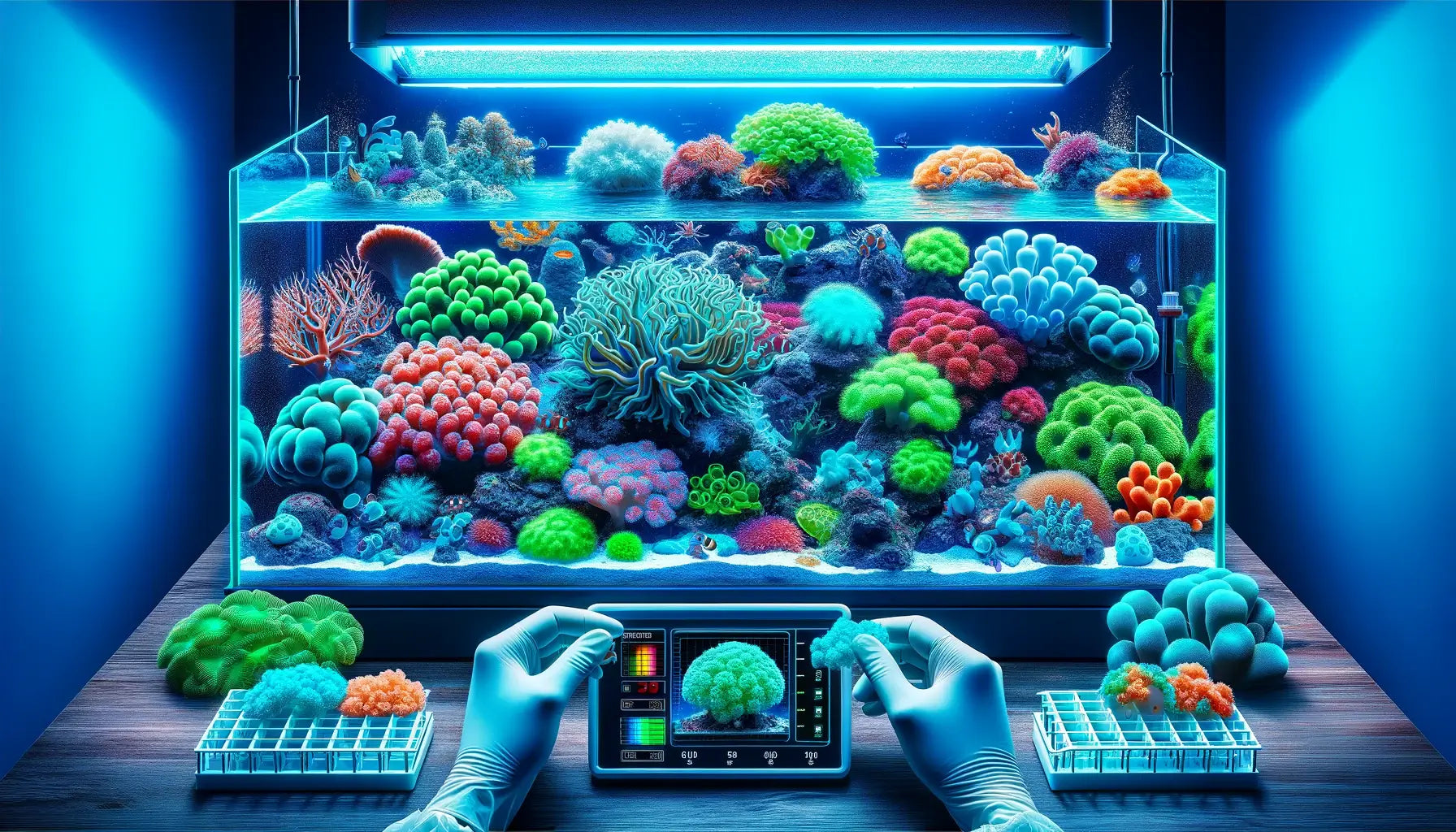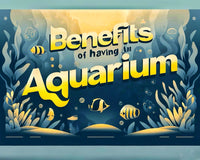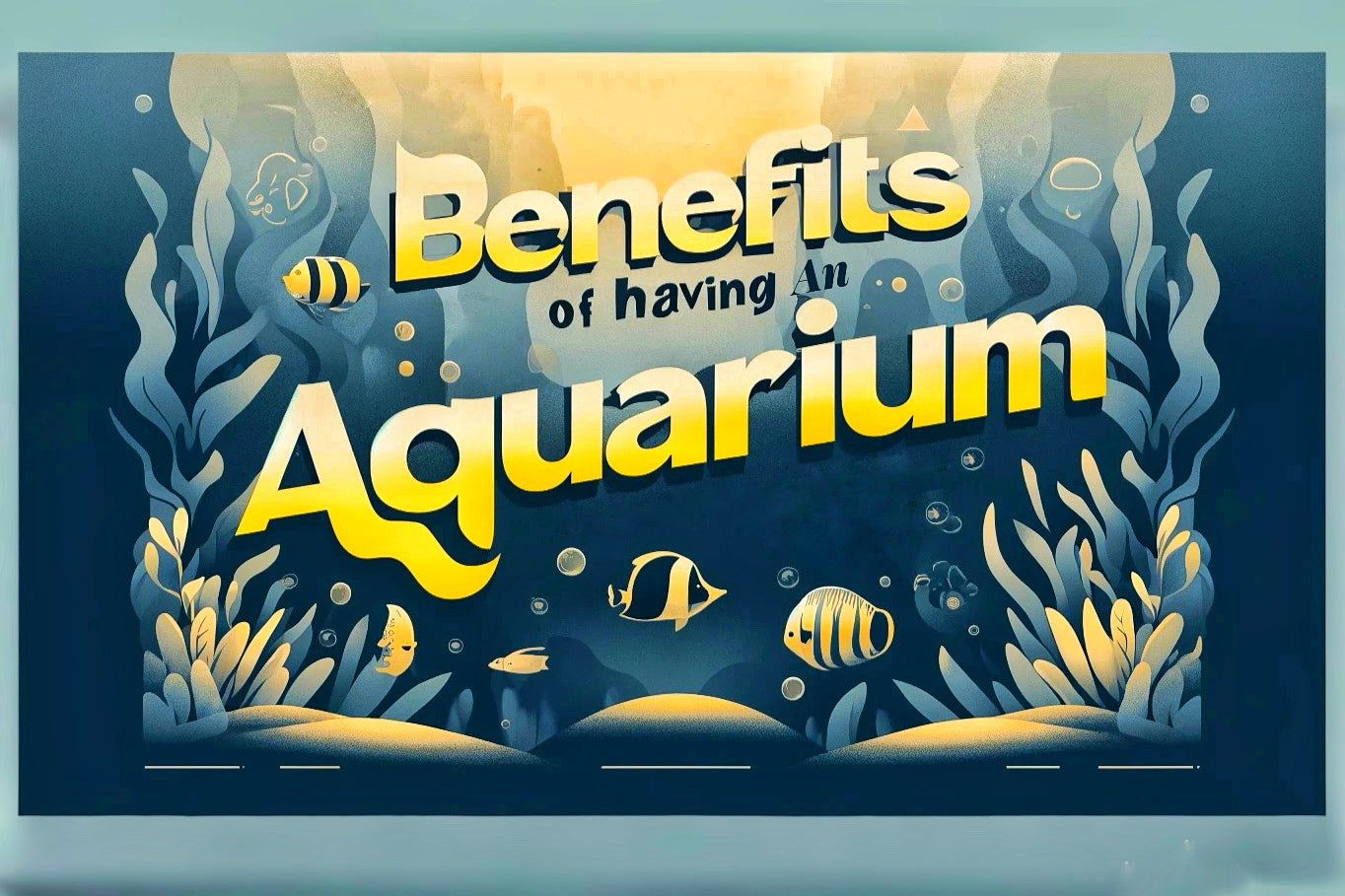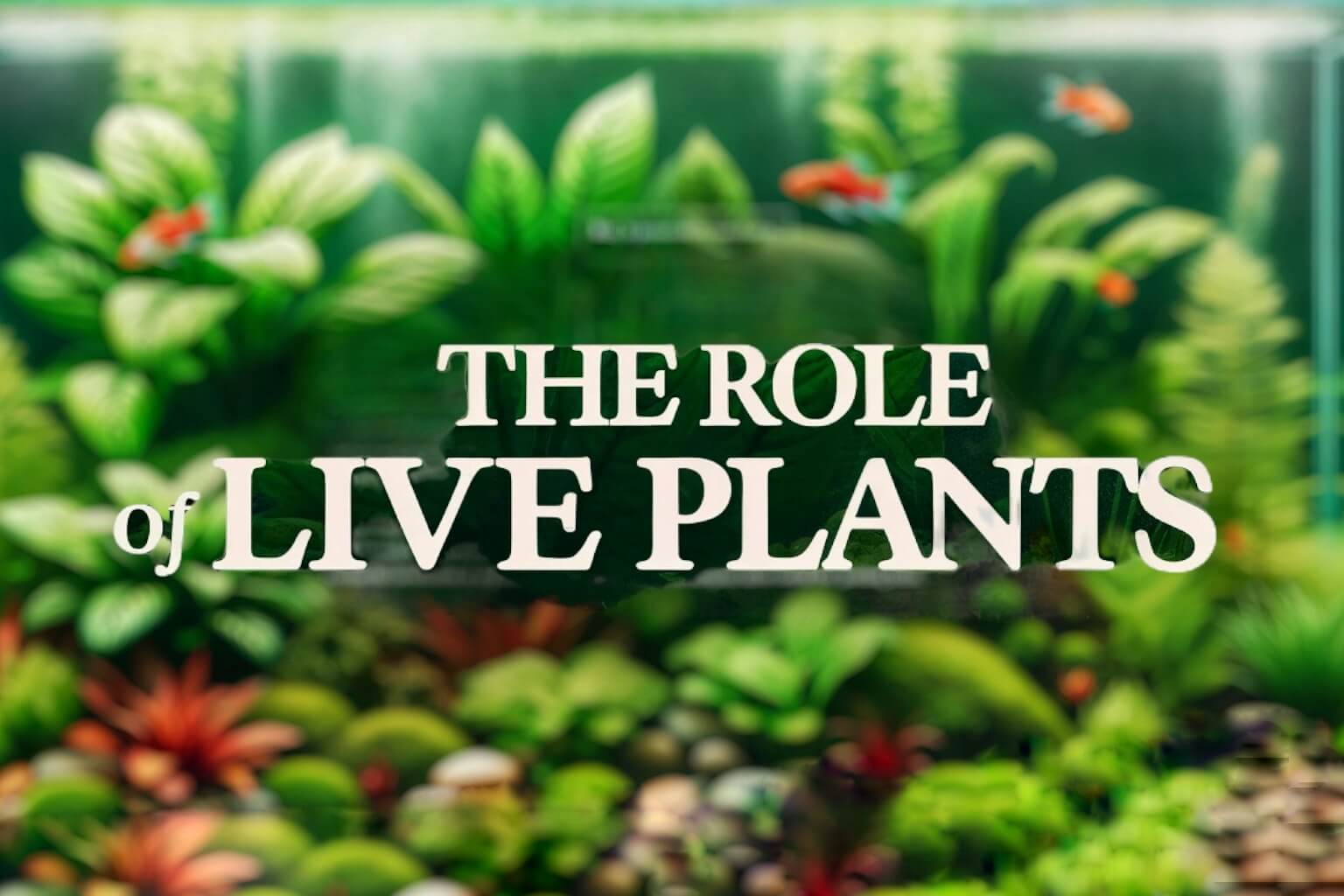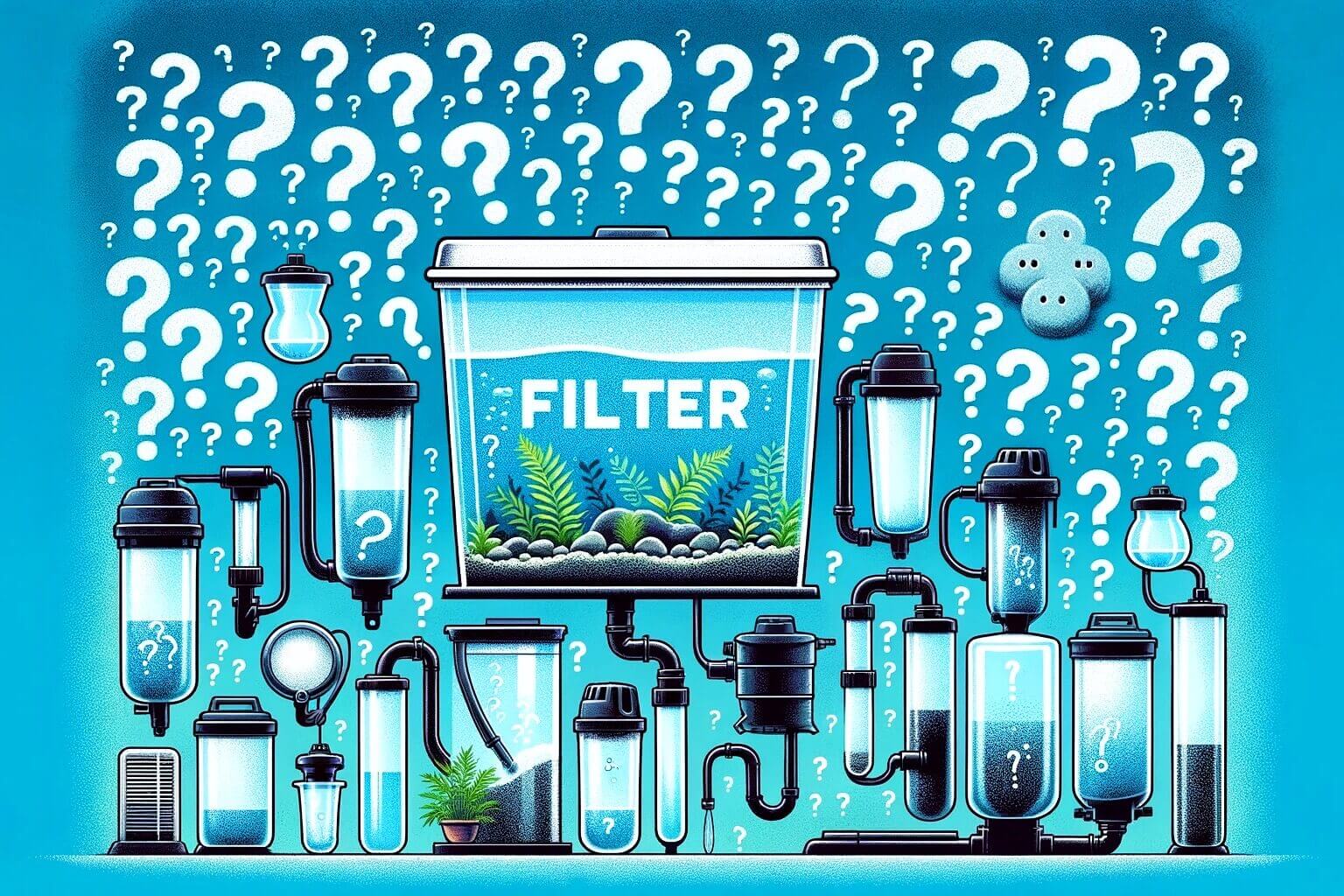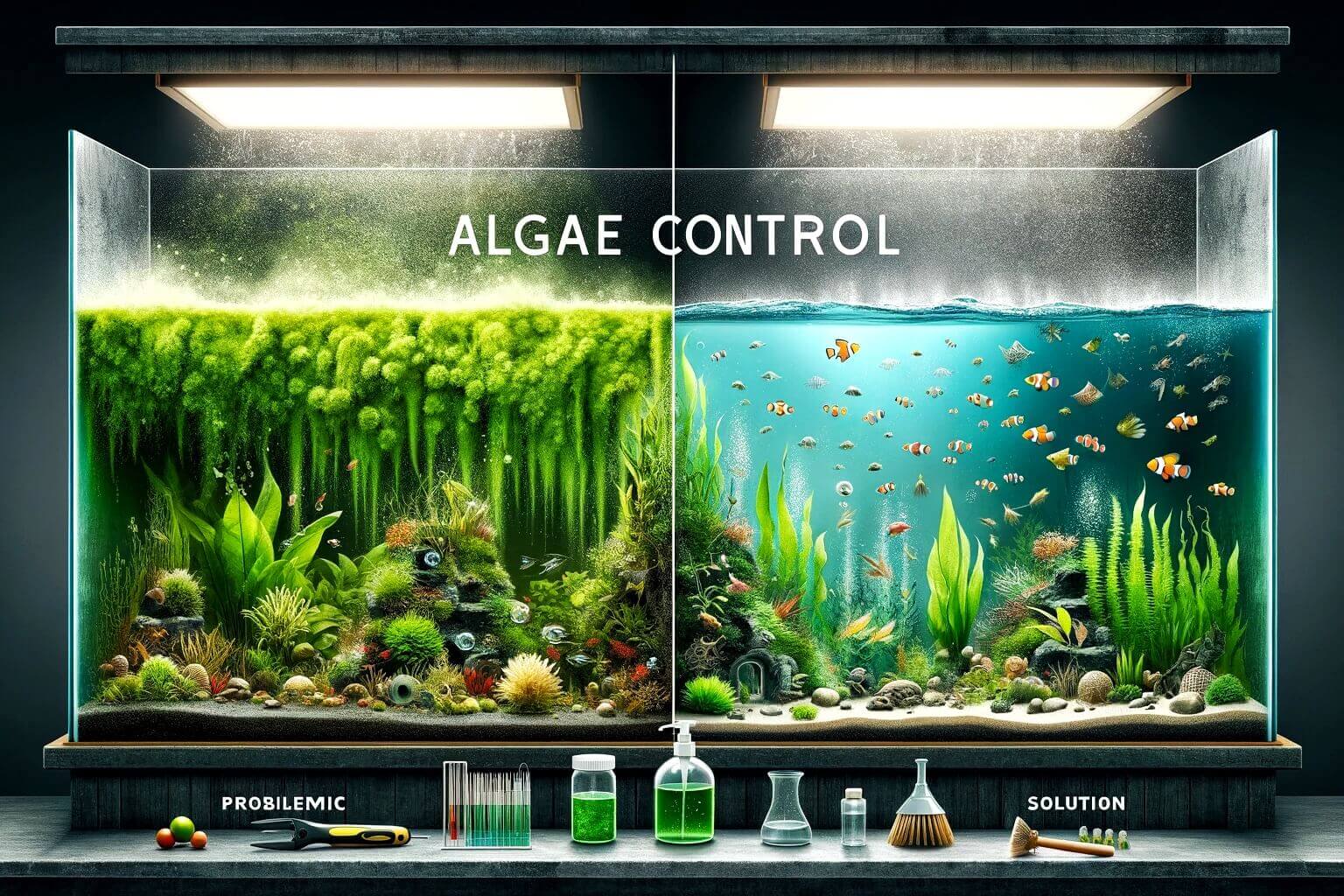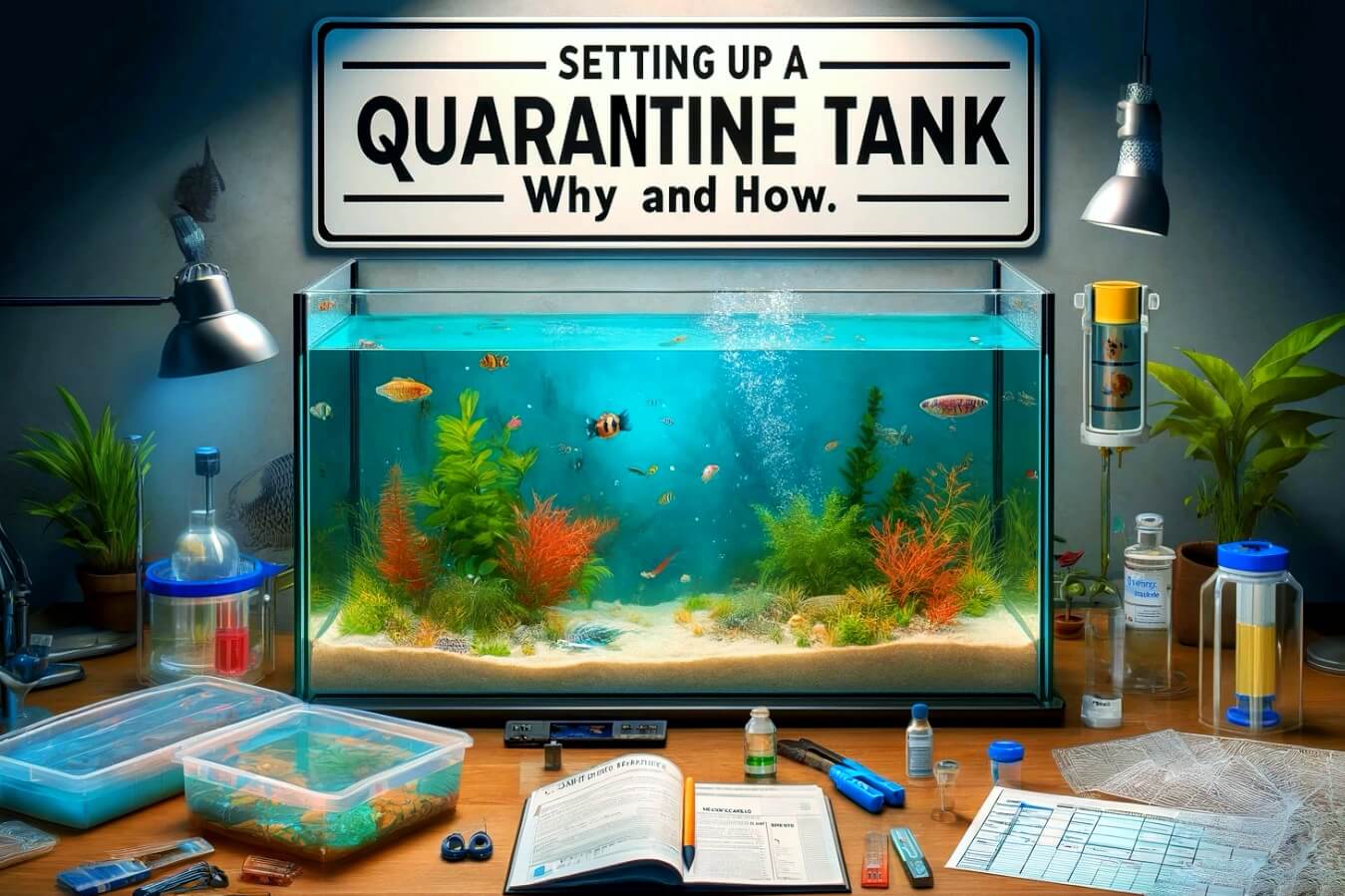Advanced Coral Propagation Techniques: Enhancing Your Reef Tank Sustainably
Introduction to Coral Propagation
Welcome to the fascinating world of coral propagation! This practice not only enriches your reef aquarium but also promotes sustainability in the hobby. In this guide, we’ll dive into advanced techniques that help you successfully propagate your corals, ensuring a vibrant and thriving ecosystem.
Why Propagate Corals?
Coral propagation reduces the demand on wild coral reefs, which are vital but vulnerable ecosystems. By propagating corals in your aquarium, you contribute to conservation efforts and can even share your successes with other reef enthusiasts.
Understanding Coral Biology for Effective Propagation
Coral Anatomy Basics
Understanding the structure of corals is crucial for effective propagation. We'll cover the essential parts of corals involved in propagation, such as polyps, the coenosarc (the living tissue connecting polyps), and the skeleton.
Types of Corals Suitable for Propagation
Not all corals are equally suited for propagation. We focus on species that respond well to propagation efforts, including branching corals like Acropora and Montipora, which are popular due to their resilience and growth patterns.
Coral Propagation Techniques
Fragmentation
Fragmentation is ideal for stony corals with branching structures. It involves physically cutting the coral into pieces, each of which will grow into a new coral. Here are ten coral species that are excellent candidates for fragmentation:
- Acropora spp. - Known for their fast growth and variety of colours.
- Montipora spp. - Includes branching and plating forms, both suitable for fragmentation.
- Pocillopora spp. - Hardy and fast-growing, great for beginners.
- Seriatopora hystrix - The Birdsnest coral is a favourite due to its intricate, thin branches.
- Stylophora spp. - Compact and less demanding in terms of light and flow.
- Hydnophora spp. - Recognised by their aggressive growth and unique appearance.
- Isopora palifera - A robust coral that can handle various conditions.
- Pavona spp. - Easy to fragment and grows in beautiful, distinct patterns.
- Porites spp. - Known for their resilience and long-lived nature.
- Bird of Paradise - Distinctive coloration and form, adaptable to fragmentation.
Budding
Budding involves natural or induced division of polyps. This method is particularly suitable for soft corals and some large polyp stony (LPS) corals. Here are ten species suited for budding:
- Zoanthus spp. - Vibrant colours and easy to propagate through division.
- Palythoa spp. - Larger polyps than Zoanthus, and equally easy to propagate.
- Discosoma spp. - Mushroom corals that readily split under good conditions.
- Ricordea florida - Colourful and popular, these mushrooms divide naturally.
- Fungia spp. - Plate corals that can reproduce by budding off small clones.
- Catalaphyllia jardinei - Elegance coral, known for its beautiful and distinct budding.
- Lobophyllia spp. - Brain corals that can bud, creating spectacular tank additions.
- Goniopora spp. - Although challenging, can bud in well-established tanks.
- Actinodiscus spp. - Also known as disc anemones, propagate by splitting.
- Acanthophyllia deshayesiana - Meat coral, suitable for experienced aquarists looking to try budding.
Tools and Equipment Needed for Coral Propagation
Detail the specific tools required for each propagation method, such as coral cutters, frag plugs, and adhesives. Emphasise the importance of sterilising equipment to prevent disease transmission.
Caring for Newly Propagated Corals
Ideal Water Conditions
Maintaining optimal water parameters is critical for the survival and growth of newly propagated corals. Highlight the importance of stable water chemistry, lighting, and flow conditions.
Monitoring and Troubleshooting
Provide tips on how to monitor the health of propagated corals and troubleshoot common issues like tissue rejection in grafts or infection in cuts.

